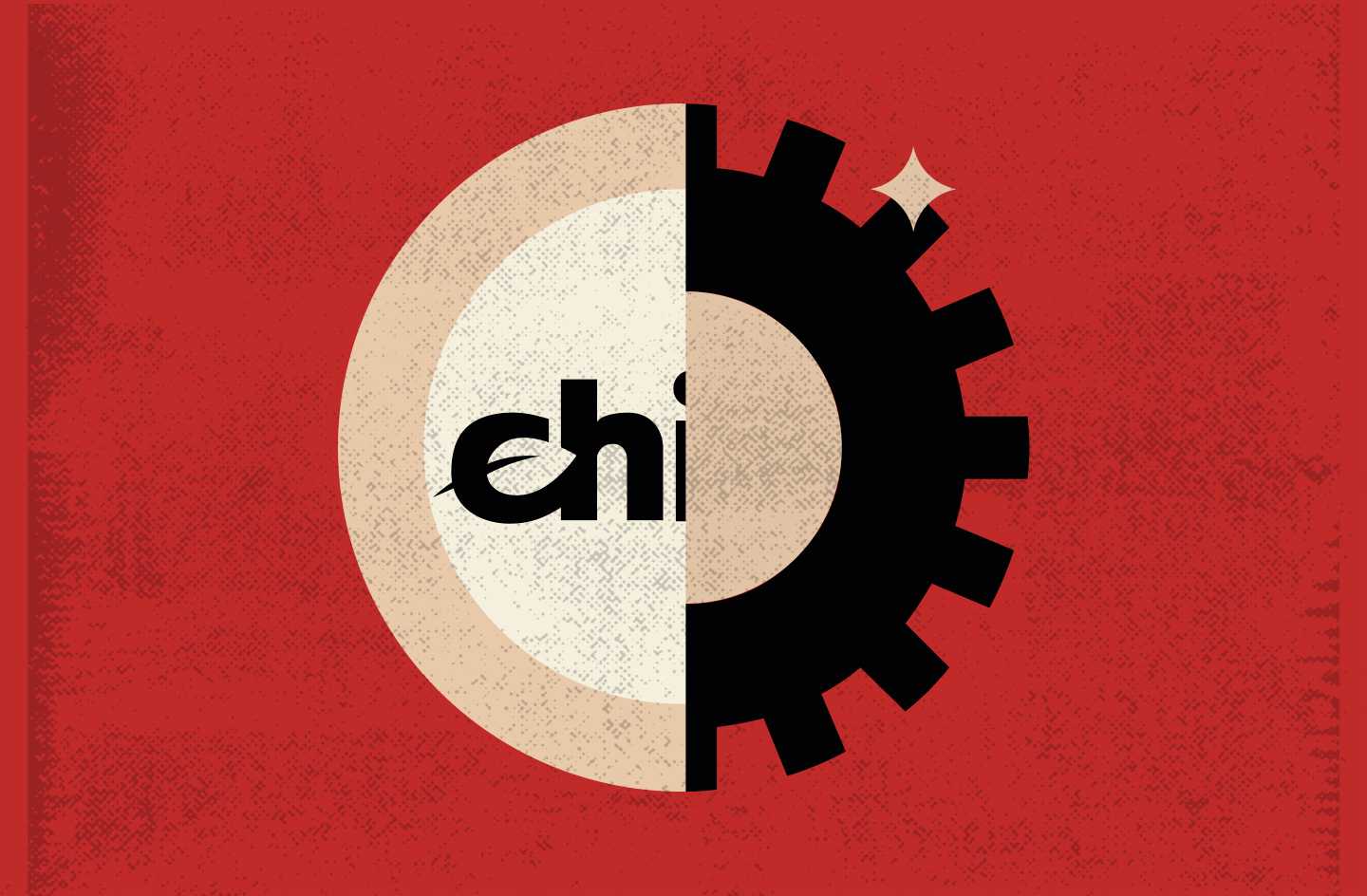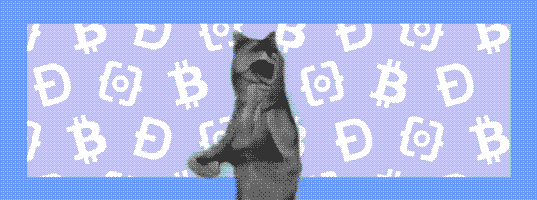What Is the Chia Network?
The project’s creator is Bram Cohen, who became known for his other brainchild, BitTorrent. Some members of the crypto community believe he’s the one hiding behind the pseudonym, Satoshi Nakamoto.
 Founded in 2017, the first basic concept was presented in September of that year. The white paper was published on July 9, 2019, though the first major investments had already been raised as early as March 2018. It managed to garner $140 million by May 2021, at which point the company was valued at $500 million.
Founded in 2017, the first basic concept was presented in September of that year. The white paper was published on July 9, 2019, though the first major investments had already been raised as early as March 2018. It managed to garner $140 million by May 2021, at which point the company was valued at $500 million.
The Chia Network’s blockchain went live on March 19, 2021, and transactions became available on May 3. At the same time, the XCH token began trading on several major exchanges.
The Concept Behind the Chia Network
The Chia Network has positioned itself as a green blockchain. It uses only disk space for mining. There’s no need to use GPUs or ASIC, miners save a large amount of electricity and create a much smaller load on the environment compared to traditional mining methods.
The Technical Side of Chia Coin
The Chia coin comes with the following technical specifications and features:
- The project is written in a custom-designed programming language called Chialisp.
- The network is based on the Proof-of-Space-and-Time consensus algorithm. Disk space is used for mining.
- The project’s currency is Chia (XCH).
- Halvings happen every three years. A total of four halvings are planned.
- At the time of the main network launch, a pre-farm was held, and a strategic reserve of 21 million XCH was formed.
- The transaction processing speed is about 20 TPS. A new block is generated every 200 seconds.

XCH mining requires a certain amount of hard disk space to be reserved, a minimum of 356,5 Gb. The mining process is divided into two stages. In the first, a table with cryptographic hashes is generated on the disk space, and operations take place to create a “plot” — a final area on the disk volume of 108,8 Gb, which will be directly involved in mining. The second stage is partially similar to the PoW algorithm — the chance to mine a block depends on the miner’s share of the total Chia Network space. The point is that the more “plots” prepared, the higher the chance of finding the right hash. The reward goes to the first 32 miners who solve the problem. The reward in the first three years is 64 XCH and after each halving will be reduced by half.
Criticism the Chia Network Has Received
The main weakness of the Chia Network is the risk of hard drive failure due to constant overload. There are SSDs and cloud storage, but their use for mining is unprofitable. Even the use of standard SSDs turned out to be impractical — they deplete their resources before paying off. You can check the data on the Chia crypto profitability calculator.
It turned out that instead of using “unused disk space,” Chia Network’s miners rushed to buy up hard drives during the hype. The consequences were an increased cost, shortages and manufacturers’ refusal to maintain the disks used for XCH mining. The fact is that a 512GB SSD will only last 40 days of mining, as more than 256 TB of data is processed during that time. Using this type of a drive would last around five years. The excessive consumption of disk capacity negates the “green credentials” of Chia Network mining as a whole.
The Future of the Chia Network

At its peak, the value of XCH exceeded $1,500, as recorded by CoinMarketCap in mid-June, 2021. Since then, the rate has fallen significantly, and as of the end of October, the token was traded around $140. Factors that have contributed to the decline in interest around the project have been the disillusionment with mining technology, restrictions by hard drive manufacturers, criticism from the crypto community, the media and the Chinese government.
For example, the Beijing Daily, the official publication of the Beijing municipal committee of the Chinese Communist Party, published an article titled “Virtual currency squeezing physical resources is too wasteful.” The article was also reposted on People.cn, the online version of People’s Daily, the largest media platform founded by the Chinese Communist Party.
The article cited Chia mining as an example, illustrating that all kinds of hard drive prices surged, and reported complaints from users and researchers.
In response to criticism, Chia Network representatives promised to refine the system and make mining much easier and more sustainable. But so far, the situation has not changed.
Chia was the first green cryptocurrency project. While the technology of mining coins with disk space turned out to be underdeveloped, there is no doubt that other projects will further develop the ideas of minimizing energy costs for network maintenance.










